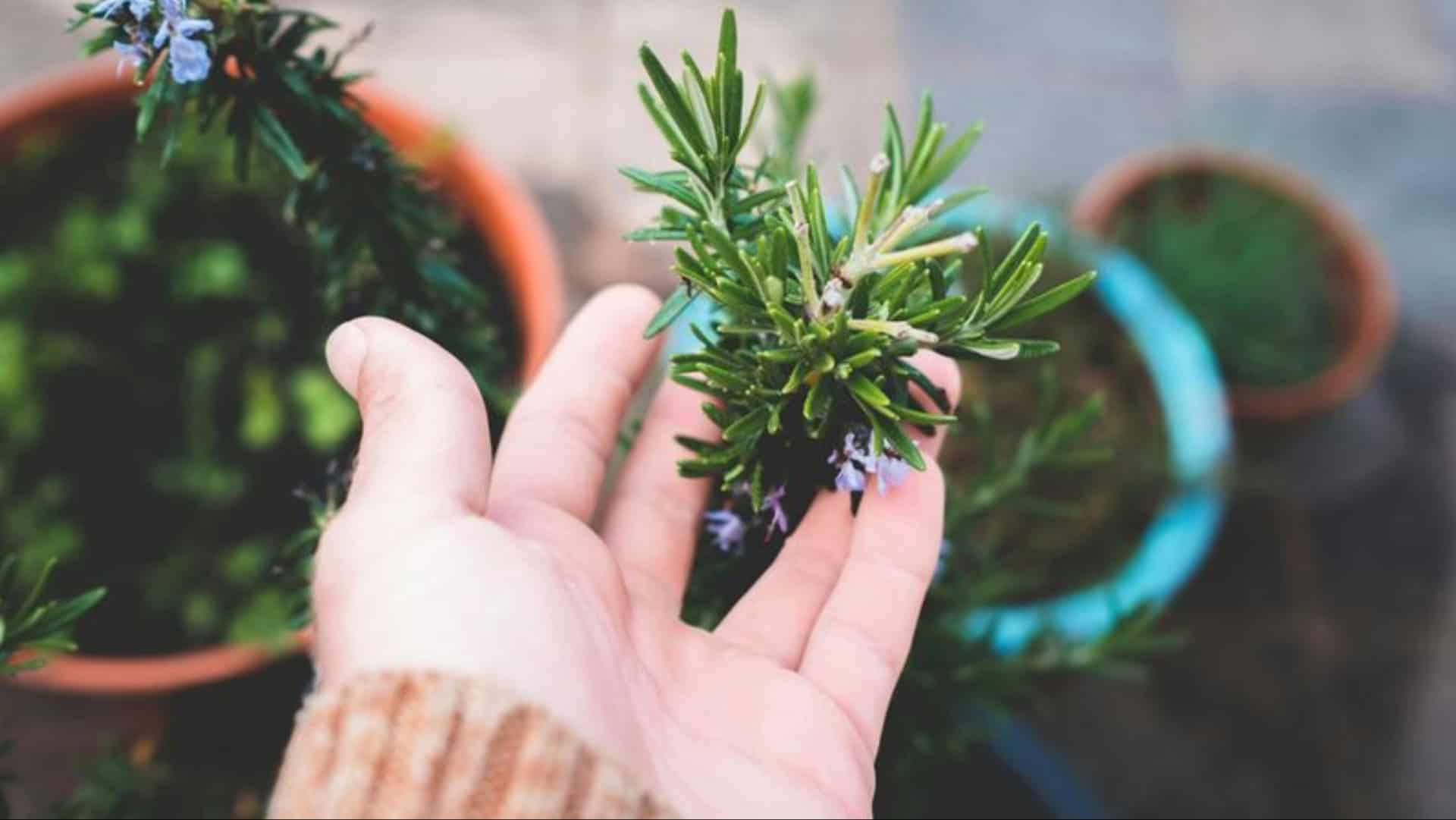Discover the charm of perennial herbs that bless your garden year after year.
Plant them once, and they’ll thrive season after season, providing endless culinary delights and aromatic pleasures.
These robust herbs don’t just survive; they flourish, inviting butterflies and providing lush greenery.
Ideal for both novice and seasoned gardeners, these perennial favorites will transform your garden into a haven of fragrance and flavor.
Let’s explore these 10 enduring herbs that promise to be lifelong companions in your gardening journey.
1. Lavender
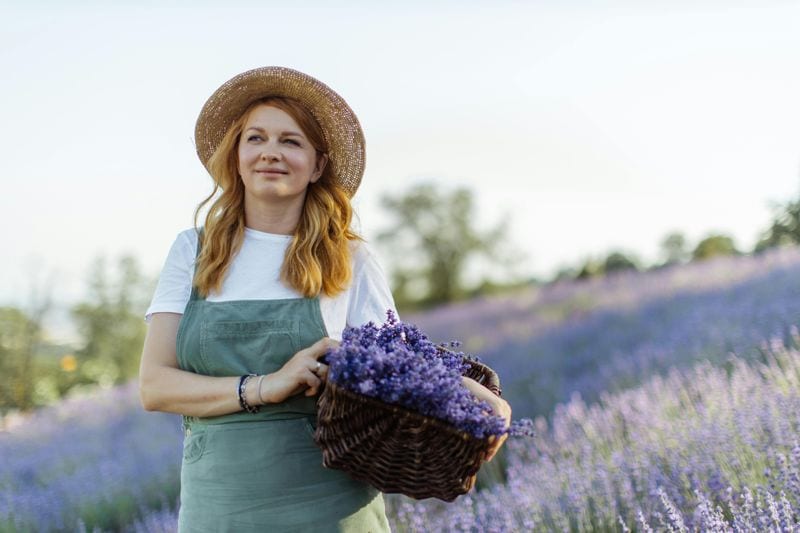
Known for its soothing fragrance and delicate purple blooms, lavender sparks joy in any garden. This versatile herb thrives in sunny spots and well-drained soil.
Beyond its beauty, lavender offers calming properties, making it a favorite for aromatherapy.
It attracts pollinators, adding life to your garden while being drought-tolerant and resilient. A symbol of serenity, lavender is perfect for creating relaxing spaces.
Plant it once, and it will reward you with years of beauty and fragrance.
2. Rosemary
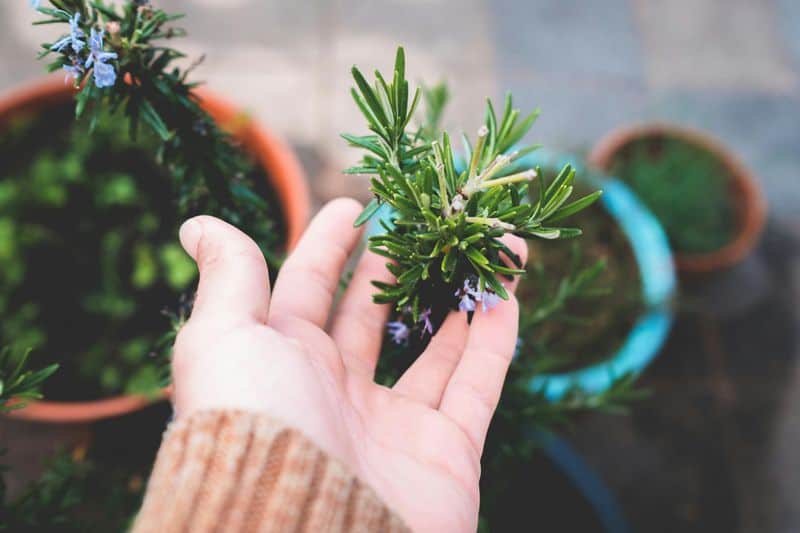
With its robust aroma and needle-like foliage, rosemary stands out as a culinary staple.
This evergreen herb thrives in well-drained soil and full sunlight, making it a hardy addition to any garden.
Rosemary not only enhances dishes but also repels pests, making it beneficial for companion planting. Its resilience to dry conditions ensures it remains a steadfast garden feature.
As it matures, rosemary adds architectural elegance, gracing your garden with fragrant greenery year-round.
3. Thyme
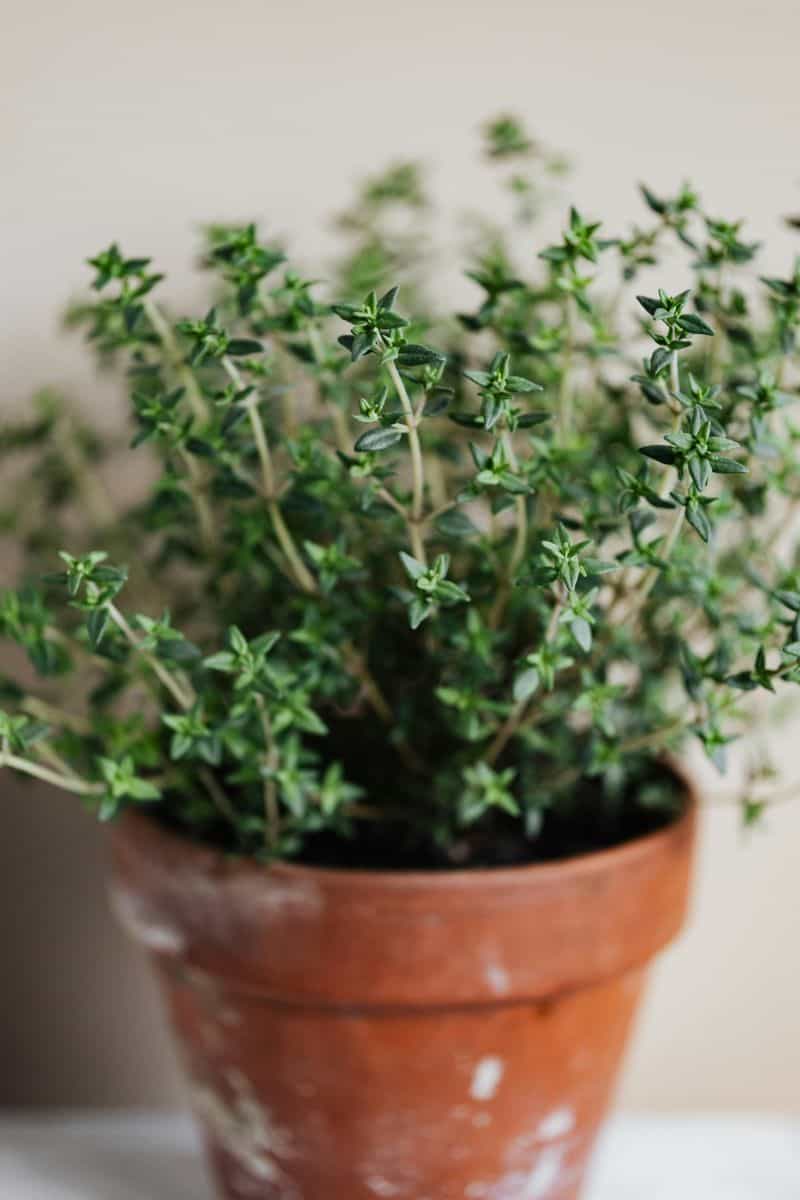
Thyme, with its tiny leaves and persistent aroma, is a versatile herb for gardens. Thriving in various soil types and conditions, thyme loves sunlit spots.
It’s a culinary favorite, enriching dishes with its earthy flavor while needing minimal care.
Thyme’s creeping habit makes it excellent for ground cover or rock gardens.
As it blooms with delicate flowers, it attracts bees and butterflies, enriching your garden’s ecosystem. Plant thyme for a zestful, low-maintenance addition to your garden.
4. Sage
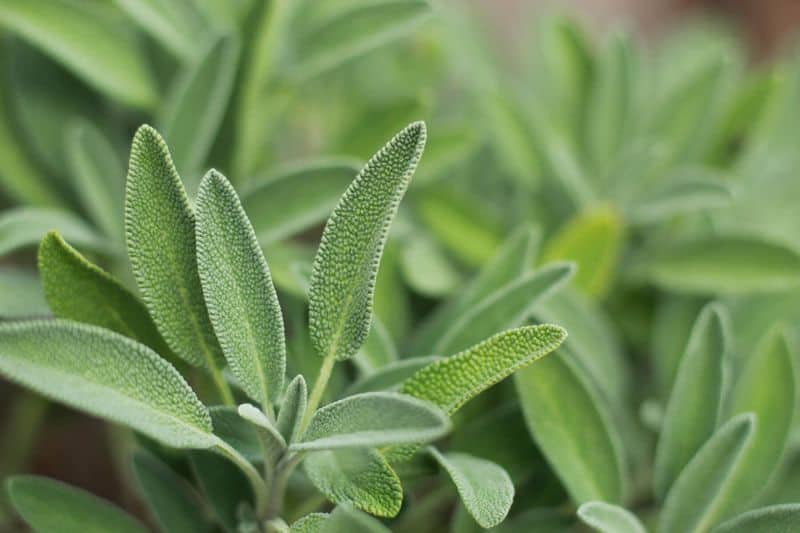
Sage’s earthy flavor and fuzzy leaves are a gardener’s delight. Thriving in sunny, well-drained spots, sage requires little maintenance.
Its aromatic leaves are a staple in kitchens, perfect for seasoning. Sage is a drought-resistant herb that attracts beneficial insects
. Its purple blooms add a splash of color in late spring.
As it matures, sage develops a woody base, ensuring it stays with you for years, offering both culinary and visual appeal.
5. Oregano
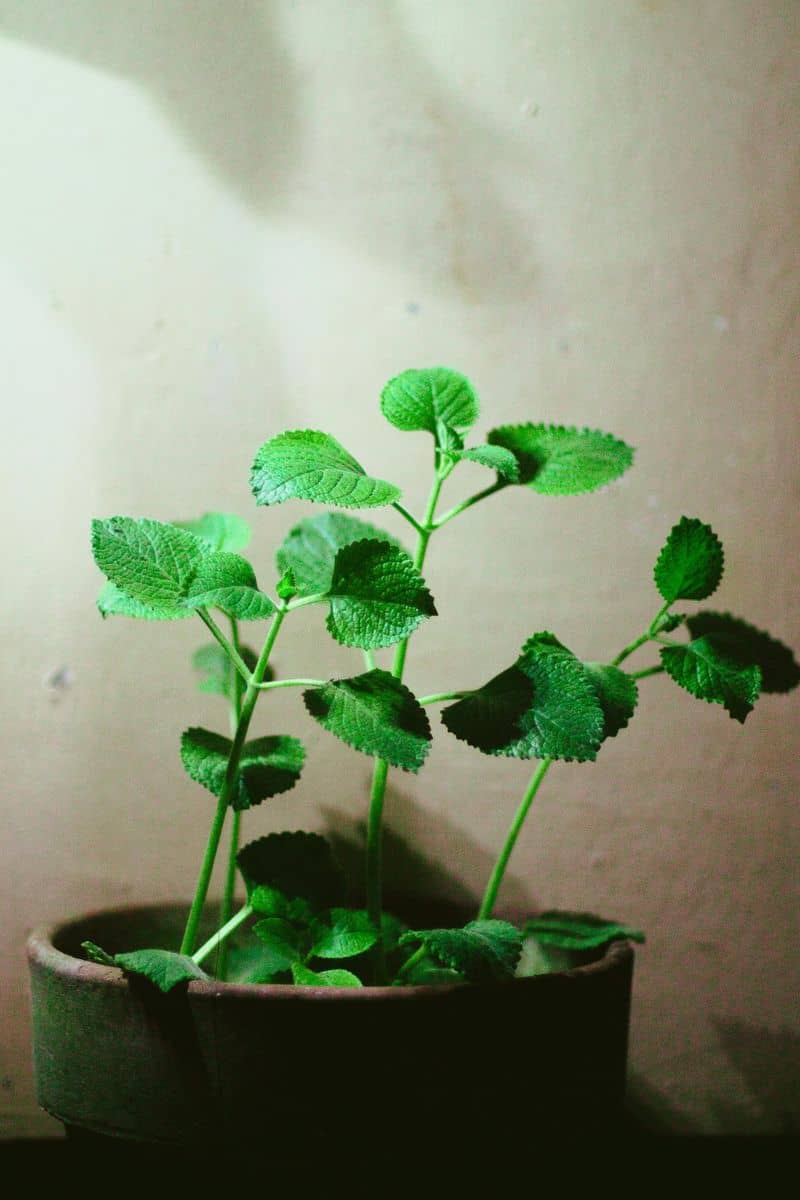
Oregano’s robust flavor and tenacity make it a treasured herb. Flourishing in sunlit, well-drained soils, it’s a perfect fit for Mediterranean-style gardens.
This hardy plant repels pests and requires minimal water, making it incredibly resilient. Oregano is a culinary staple, bringing a zesty taste to dishes.
As it grows, it attracts butterflies, enhancing your garden’s biodiversity.
With its vibrant leaves and delicate flowers, oregano promises to be an enduring, flavorful presence.
6. Chives
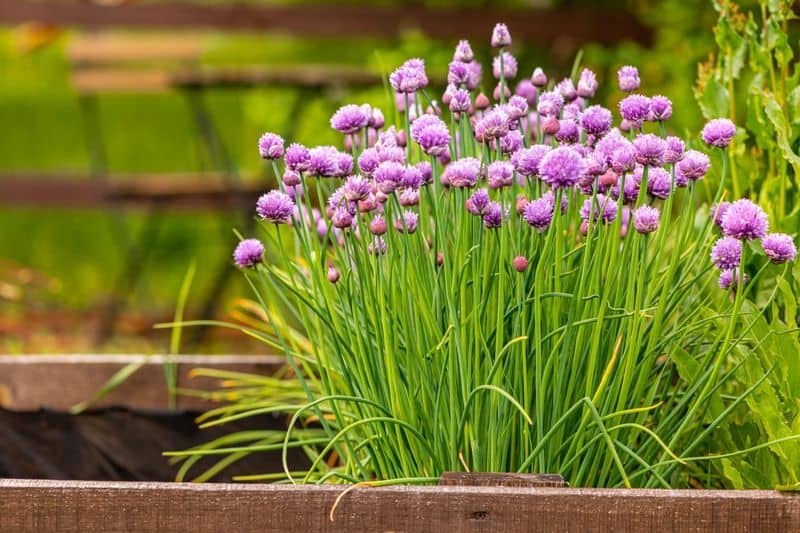
Chives, with their mild onion flavor and vibrant green stalks, are a garden staple. This perennial herb thrives in sunny or partially shaded areas, requiring minimal care.
Chives’ purple blossoms are not just pretty; they’re edible too, adding flair to salads. The plant’s clumping nature makes it ideal for edging.
As a companion plant, chives repel pests, ensuring a healthy garden environment. Plant chives for a splash of color and flavor that lasts.
7. Mint

Mint’s refreshing aroma and vigorous growth make it a garden favorite. Thriving in moist, shaded areas, mint is perfect for adding greenery to less sunny spots.
Its invasive nature means it spreads quickly, so containment is key.
Mint is perfect for teas and culinary uses, offering a cooling sensation. Its lush leaves attract beneficial insects, ensuring a thriving garden ecosystem.
With its vibrant presence, mint brings vitality and endless uses to your garden.
8. Peppermint

Peppermint’s invigorating scent and cooling taste make it stand out. Growing best in moist, shaded areas, it’s ideal for container gardens to control its spread.
Known for its digestive benefits, peppermint is a staple in herbal remedies.
It attracts pollinators, contributing to a lively garden atmosphere.
The plant’s soothing fragrance offers a refreshing escape, whether used in teas or as a natural air freshener. Plant peppermint for a perpetual source of freshness and flavor.
9. Lemon balm
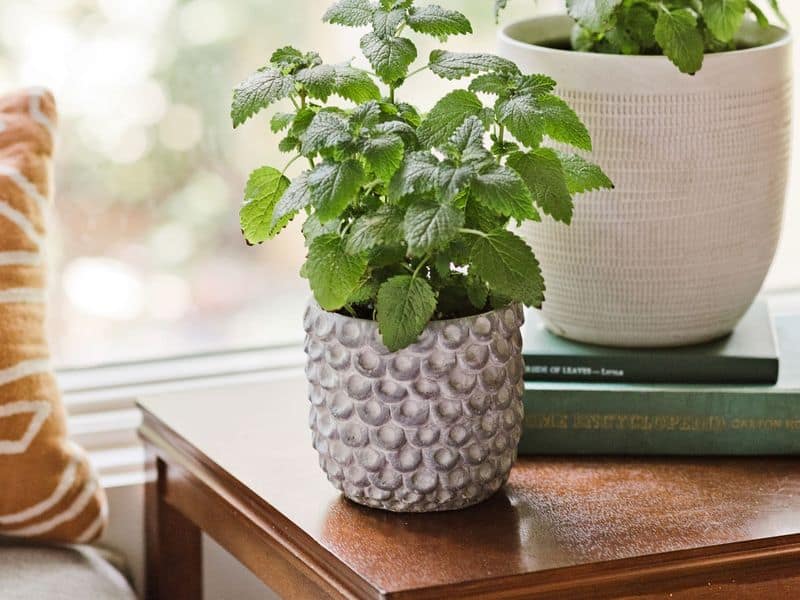
Lemon balm’s citrusy fragrance and heart-shaped leaves enchant gardeners. Thriving in well-drained soils with partial shade, it’s a versatile herb.
Lemon balm is cherished for its calming properties, making it a popular tea ingredient. Its leaves are also used in salads for a zesty twist.
This herb attracts bees, fostering pollination and biodiversity.
Lemon balm’s vibrant foliage adds visual appeal, ensuring it remains a beloved perennial in cottage gardens.
10. Yarrow

Yarrow’s feathery leaves and flat-topped flowers are a meadow’s delight. This hardy perennial thrives in sunny, dry conditions, making it drought-resistant.
Yarrow is known for its medicinal properties, historically used for healing wounds.
It’s a magnet for pollinators, enhancing your garden’s ecosystem. Yarrow’s vibrant blooms add texture and color, with variations ranging from white to pink.
Plant yarrow for a low-maintenance, beneficial addition that promises beauty and utility.

